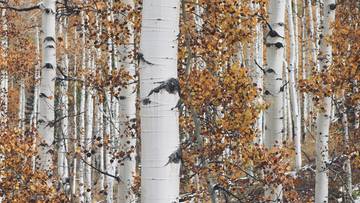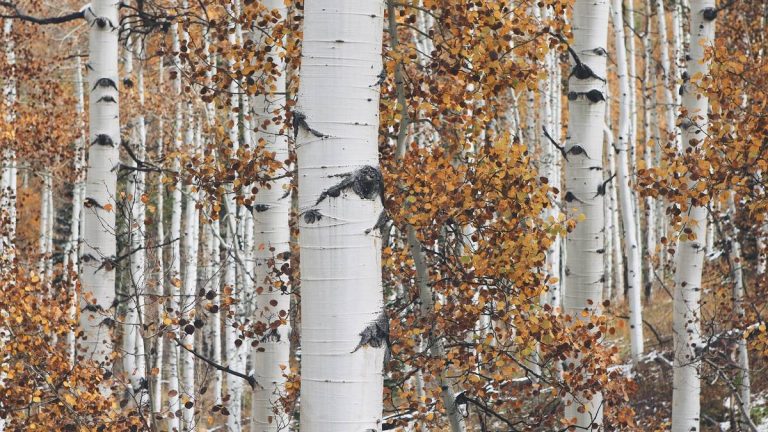
According to information provided by National Geographic, Pando weighs up to 6,000 tons, which is equivalent to the weight of 35 blue whales. This is a colony of poplars (Populus tremuloides) that grows in Utah, USA.
Pando is one living organism because all the trees within it are genetically identical. Poplars propagate by root suckers, not by seeds like most plants. In practice, this means that a single tree can form an entire forest.
Why is Pando considered a living creature?
Pando is not a forest. According to data published by PLOS One, a poplar colony consists of 47,000 trees. They do not grow as individual beings. Each young tree grows from the roots of an older specimen, so all trees have one common root system. If you remember how neuron network structures are depicted in nature movies, so do aspen colonies below the surface.
See also: New changes to the rules for burning wood. Here's what you need to know
Who is blackmailing Pando?
Pando is probably thousands of years old, but its exact age is difficult to determine. The reason is that older trees in the colony are being replaced by younger trees, and this process continues uninterrupted. Therefore, it is not possible to say with certainty whether Pando was created after the Ice Age or before the Ice Age.
Pando's age makes it an almost ancient creature, but it does not grant it immortality. In a paper published in the journal PLOS One, Utah State University scientists Paul Rogers and Darren McAvoy point to threats that could affect pando's recovery and survival. these are:
The Earth is suffering from prolonged droughts as a result of climate change, fires and how to fight them, human development, and herbivores (especially deer).
See also: Do it in October. Protect your fruit trees with this simple action
Attempts were made to protect the colony by fencing it. According to the Phys.org website, in 16% isolated areas, young shoots began to grow on older trees. In places where fences were destroyed over time, old trees still prevailed.
In areas without fences, the situation remains difficult. Deer will eat the new shoots, stunting their growth. As a result, the understory opens, more light reaches the leaf litter, and the composition of the vegetation changes.
But as Paul Rogers explains, segregating areas is not a solution without consequences. A place away from deer develops differently and loses its historic, uniform character. And diversity is key to the survival of this unique colony.
Your browser does not support video players…
Edited/polsatnews.pl
read more
Source link

